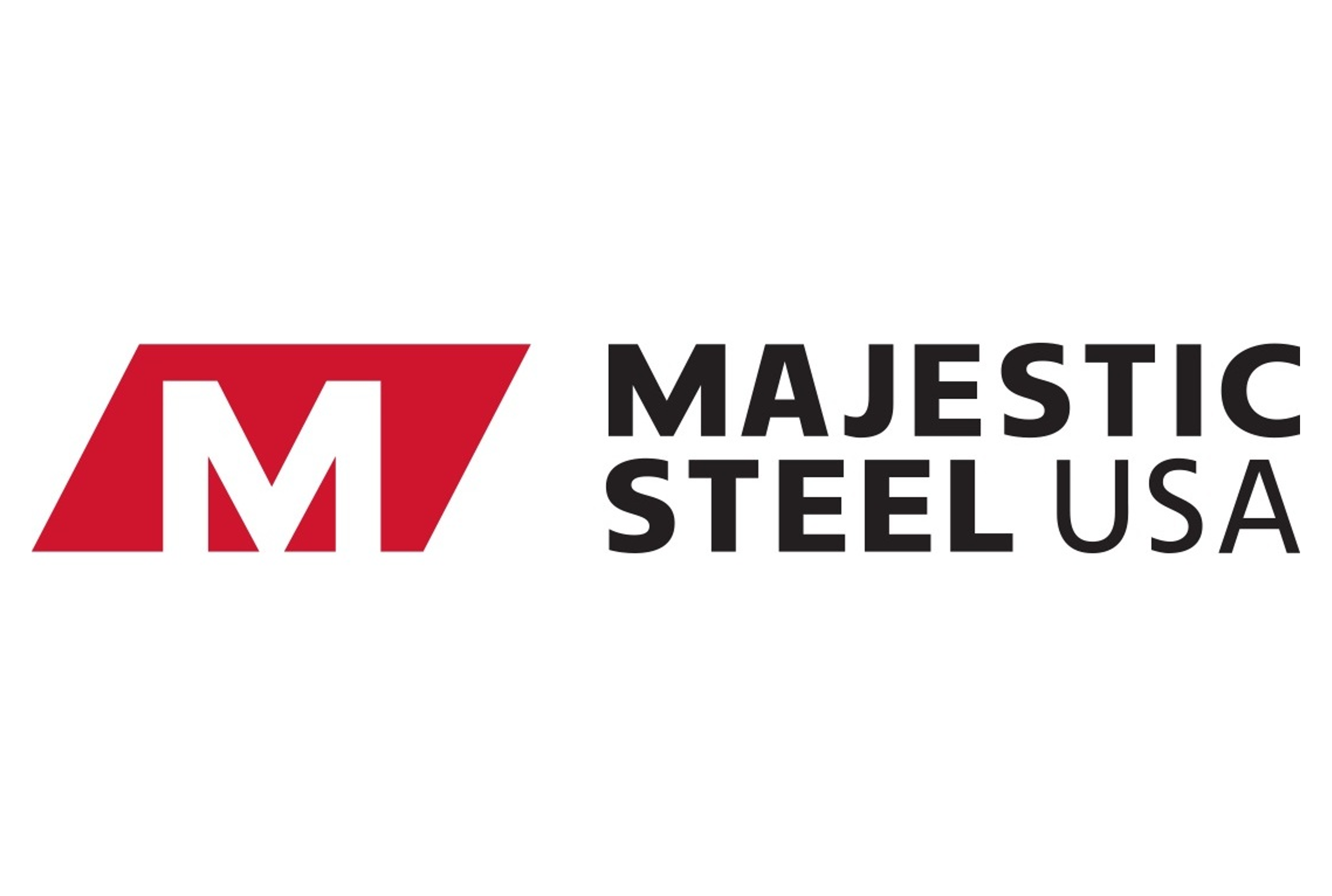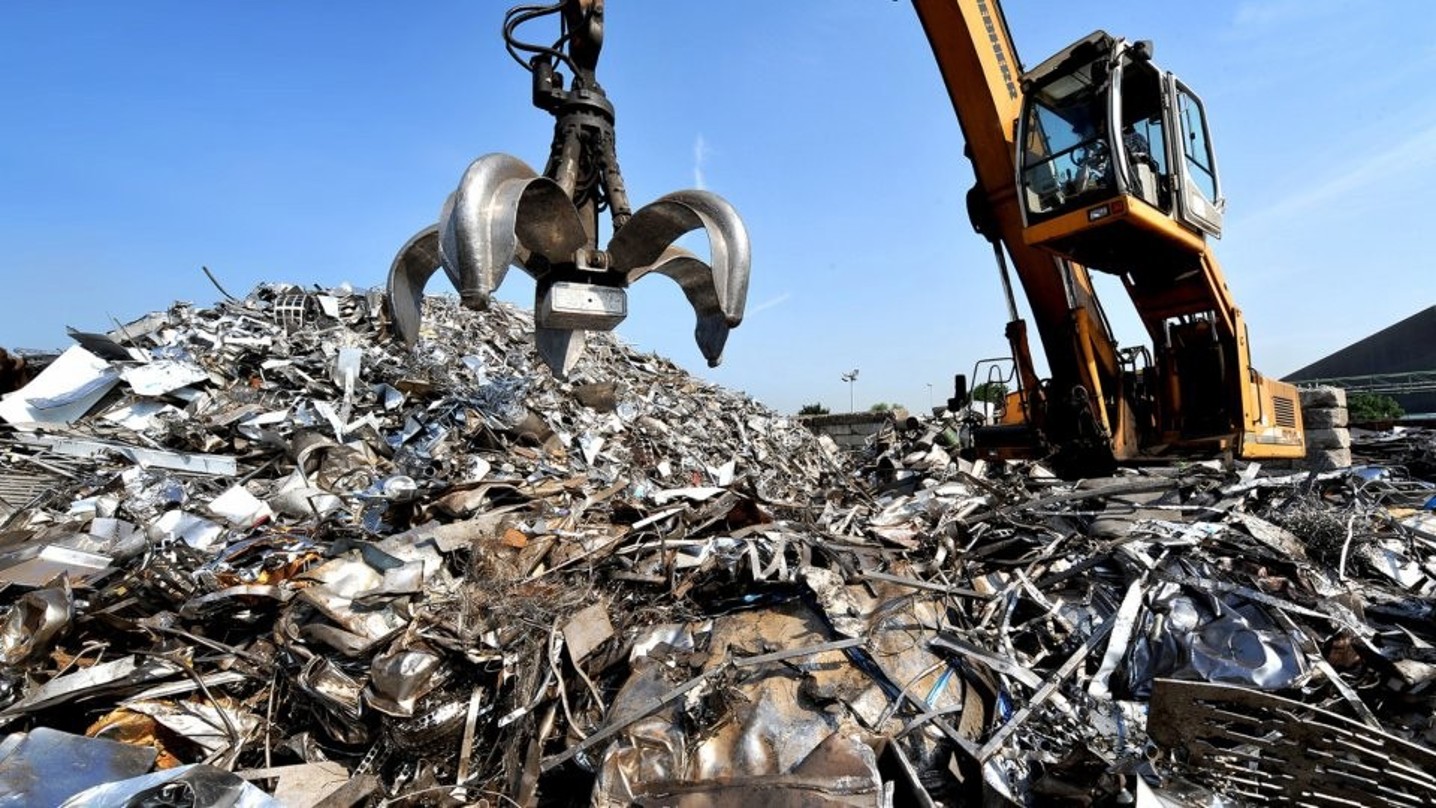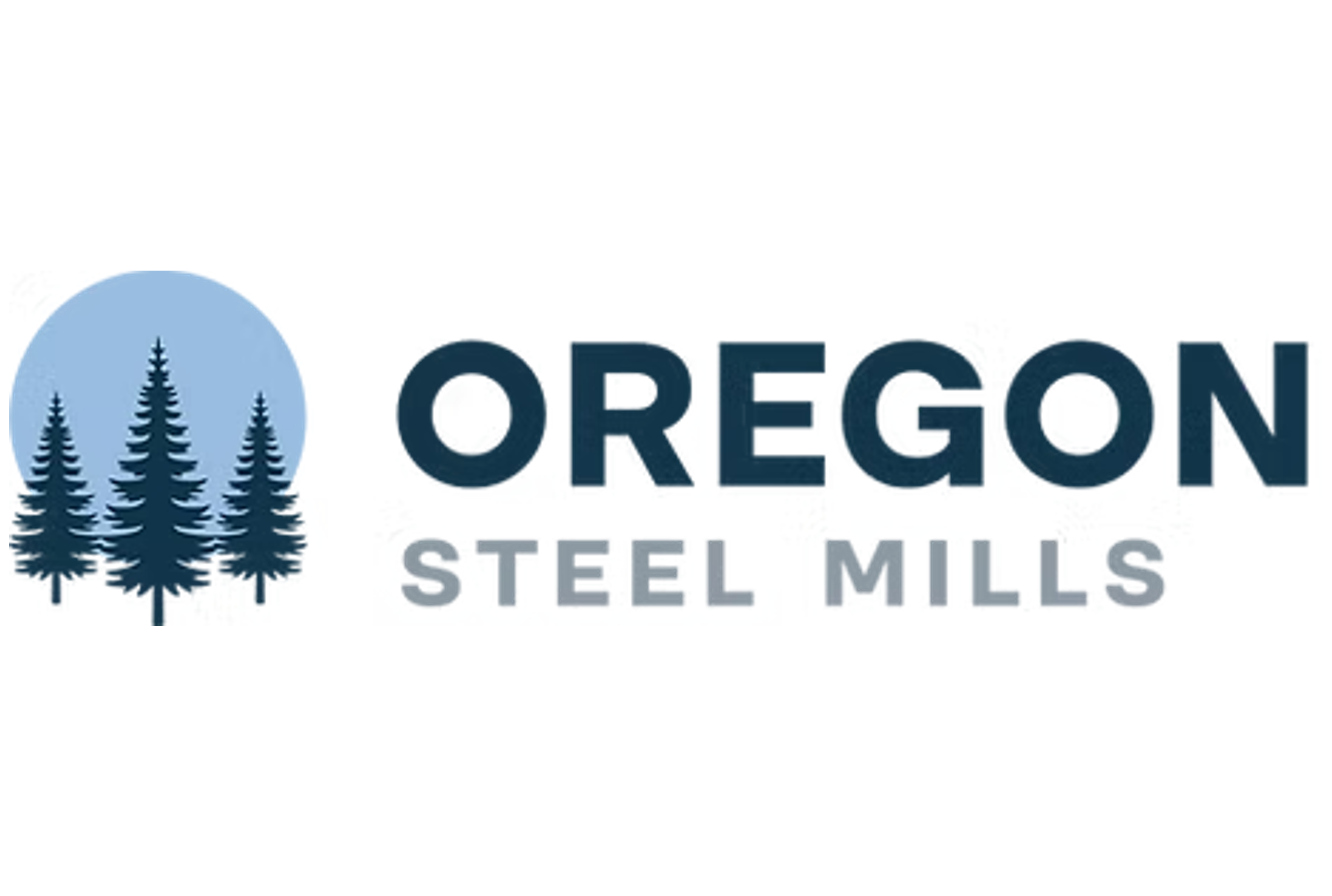Product
January 9, 2025
Radius Recycling reports another quarterly loss
Written by Stephanie Ritenbaugh
Radius Recycling
| First quarter ended Nov. 30 | 2024 | 2023 | Change |
|---|---|---|---|
| Net sales | $657 | $673 | -2.3% |
| Net earnings (loss) | ($37) | ($18) | -106% |
| Per diluted share | ($1.30) | ($0.64) | -103% |
Radius Recycling took another hit during its most recent quarter, reporting a net loss of $37 million.
The loss, which widened from a loss of $18 million in the same period last year, was “primarily due to an income tax detriment associated with our deferred tax assets” during the first quarter that ended Nov. 30, Chairman and CEO Tamara Lundgren said on the company’s earnings call this week.
Radius reported an operating loss of $24.9 million during the quarter, which widened from nearly $23 million a year earlier.
“While market conditions during the quarter were more challenging than a year ago, our year-over-year operating results remained stable,” Lundgren said, adding that cost reduction and productivity measures, as well as stronger non-ferrous demand, have helped offset a tight scrap market.
Radius’ steel mill utilization of 81% was down sequentially; however, that was higher than the US average of 75%, reflecting relatively stronger West Coast demand for longs, Lundgren said.
The company said the biggest headwind it’s facing is the manufacturing downturn.
“The last time we saw such an extended manufacturing downturn was over 20-years ago,” Lundgren said. However, the company said there are positive signs for recovery, with consumer and business confidence rising.
“A recovery in the manufacturing sector should both ease the constrained scrap environment and drive more demand for ferrous and non-ferrous recycled metals,” Lundgren said.
Ferrous markets
During fiscal Q1, export prices for recycled ferrous metals fell due to softer global steel demand, partly due to higher Chinese steel exports. Radius said that, in the last 12 months, Chinese steel exports to countries in Asia, Central and South America and Turkey have risen by about 25% compared to a year ago, reducing steel manufacturing and associated ferrous scrap demand.
Finished steel prices also softened during the quarter as purchasers reduced inventory levels heading into the end of the year.
Non-ferrous markets
Average non-ferrous prices decreased sequentially, but they remain up y/y on demand for copper and aluminum. But reduced supply of scrap metal is a continued challenge, the company said.
“As the U.S. manufacturing sector has gone through a cyclical downturn, our markets have experienced a tightening in the availability of end-of-life vehicles, obsolete white goods, manufacturing scrap, and scrap from fewer construction and demolition projects,” Lundgren commented.
Meanwhile, auto production is still below pre-pandemic levels. That, combined with higher financing costs for new and used cars, has pushed up the average age of vehicles on the road, the company noted.







